When in need of variable resistance in an electrical circuit, rheostat and potentiometer are shared preferences. A rheostat is an exciting device with a slight difference from the potentiometer. For electronic enthusiasts who want to know more about the rheostat, we will look at its ins and outs. What does rheostat do? Let’s continue our discussion.
1.What is a Rheostat
A rheostat is a variable resistor that changes the amount of current that flows in a circuit through a manual decrease of resistance.
A symbol can also represent a rheostat, as shown below
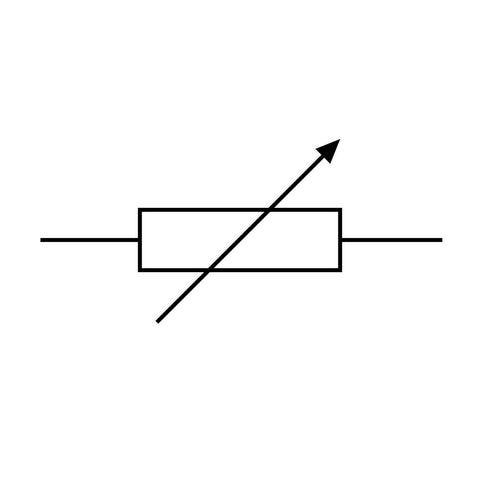
(the international character of a rheostat)
2.Construction of Rheostat
Similar to a potentiometer, the construction of a rheostat consists of three terminals but only utilizes two of them.
Unlike the potentiometer, two terminals fix at both ends of the resistive element known as the track, with the remaining terminal acting as an adjustable resistor.
The sliding wiper connects and moves along the resistive material made up of a coil of wire, leading to varying resistance in the rheostat.
A rheostat is also known as a wire-wound resistor because most models are wire bound.
Typically, we make a resistor by winding a nichrome wire around a ceramic insulating core that insulates rheostat from excessive heat since it changes energy into heat energy.
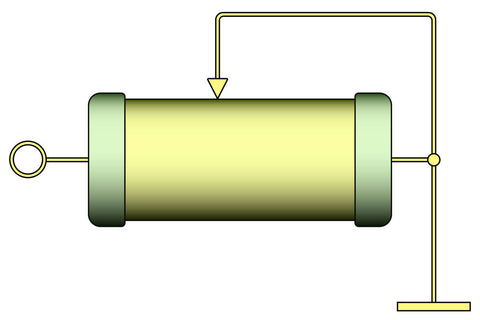
(a diagram of a rheostat)
The three types of rheostats include;
- rotary rheostats: comprises of a rotary resistive path
- linear rheostats: these have a linear resistive path and two fixed terminals; however, using only one
- pre-set rheostats: come in handy when using a printed circuit board for calibration in circuits
3.How does a rheostats work?
A rheostat’s resistance depends on the length of the resistive track through which the electric current flows. Suppose the slider is closer to the initial terminal. In that case, there will be minimal resistance because the length of the resistive path decreases, leading to the blocking of a small amount of electric current and allowing most of it to flow through.
Similarly, the wiper moving further from the initial terminal and closer to the opposite airport achieves maximum resistance. It is because of an increase in the resistive path resulting in a large amount of current blocking and permitting a small amount of current.
The rating of Rheostats is in watts and amperes and also regarding their resistance value.
However, a rheostat does not change voltage; it regulates current flow in an electric circuit.
The wiper moves along the resistive path when we adjust the outside knob with our hands.
Rheostats have a resistance range meaning they cannot offer resistance outside their current rating.
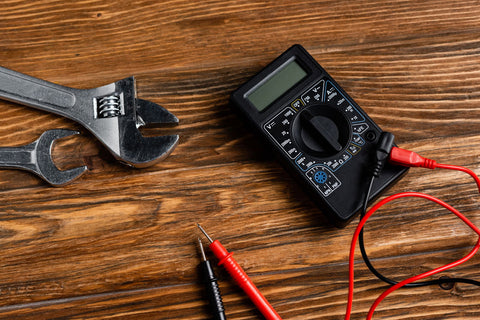
( a voltmeter)
4.What Does a Rheostat do?
A rheostat typically works in an electric circuit that might require an electric current of high voltage. It works either as a variable resistor or a potential divider in electrical devices.
Applications of rheostat
A rheostat works as a variable resistor when regulating motor speeds in a fan and dimming lights in an electric bulb.
It helps change the intensity of dim lights by decreasing the electric current flow in the bulb. If the rheostat resistance increases, the light becomes dimmer; similarly, an increase in current flow and a decrease in resistance causes the light bulb to brighten. Microscopes, therefore, utilize this application as they require light regulation when observing specimens.
The same principle applies to speed control of an electric motor in a fan. However, adjustment of current occurs within the rheostat’s potential difference.
Rheostats give extra heat output when creating resistance hence the idea behind heaters. For instance, they function as a heat source in a heat mat or on a timetable reptile heat lamp.
One can also use it in volume control.

(a heat mat)
5. Common Problems you Might face While Interacting With a Rheostats
A resistor is a passive two-terminal device that implements electrical resistance as a circuit element, whereas a rheostats regulates the electric current without circuit interruption.
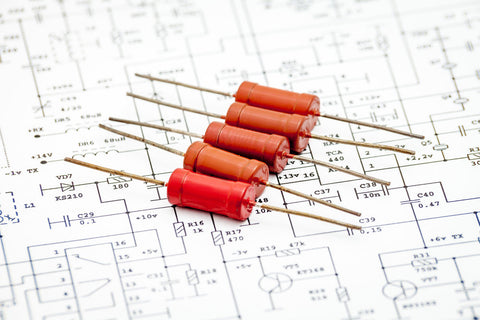
(a bunch of resistors)
The difference between potentiometer and rheostats
It is paramount to identify differences as the electric components have a slightly similar function and construction. The differences include:
One can use a potentiometer as a rheostat, while a rheostat cannot function as a potentiometer.
A potentiometer is a three-terminal resistor, whereas a rheostat is a two-terminal resistor.
Rheostats play the role of varying current, while potentiometers are for varying voltage.
Click HERE for a video explanation of the differences.
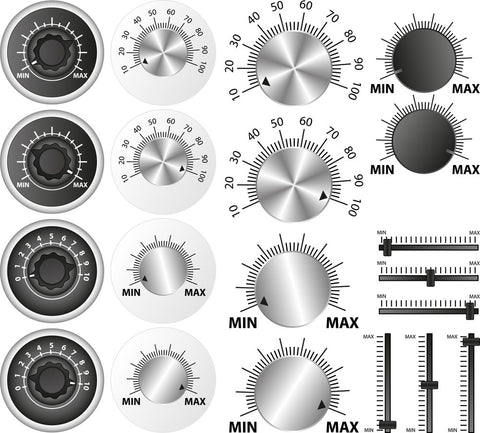
(potentiometer)

(potentiometer symbol)

(rheostats symbol)
The disadvantages of rheostats
- Excessive heat production during resistance results in a loss of power.
- It does not fit into modern devices due to its large size; hence not preferring it and replacing it with TRIACs and Silicon-controlled rectifiers (SCRs).
- Rheostats are less efficient compared to TRIACs.
How to Connect a Rheostat in the Circuit?
To connect rheostats in an electronic circuit, we must place them in a series combination and not parallel. It is because electric current is less in a resistive path.
Hence when confronted with the option of a less resistive path and a more resistive path, it takes the less resistive way.
The rheostats will not function if a parallel path forms in a circuit since the electrons will not choose the path.
Instead, they will flow straight through the path’s series since it gains more resistance than the other available path.
To shift a potentiometer from a three-terminal device to a two-terminal device, we must leave the end of the resistive element open.
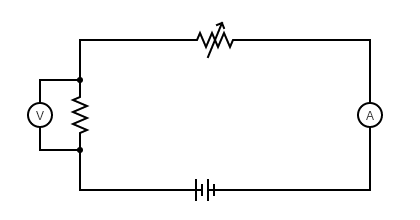
(rheostats connected in series)
